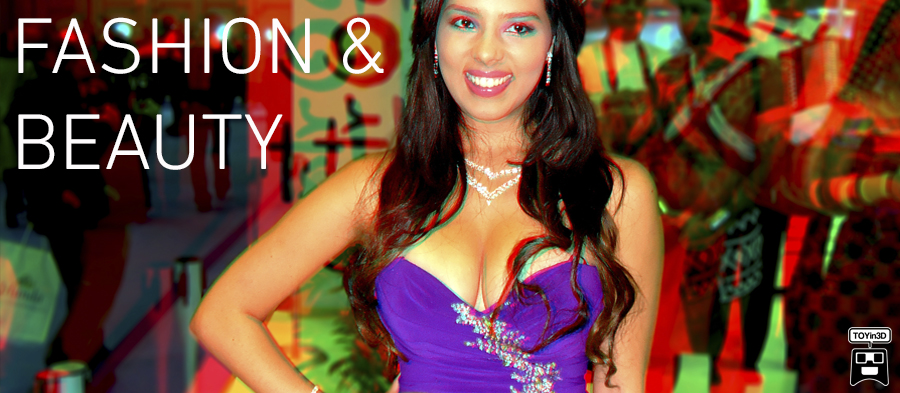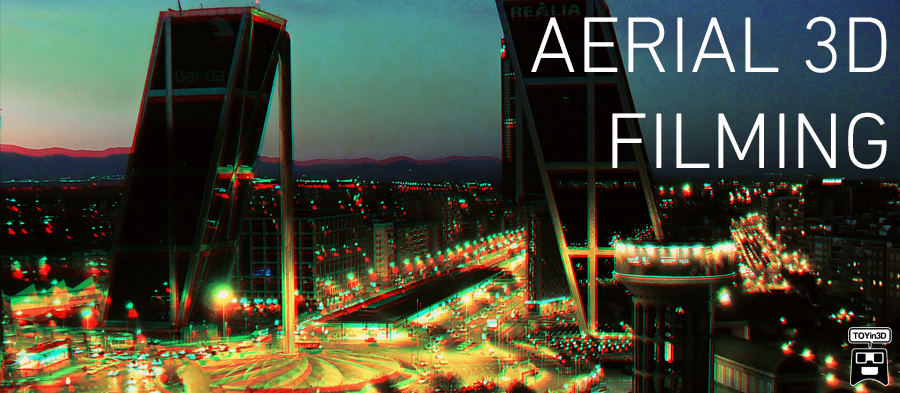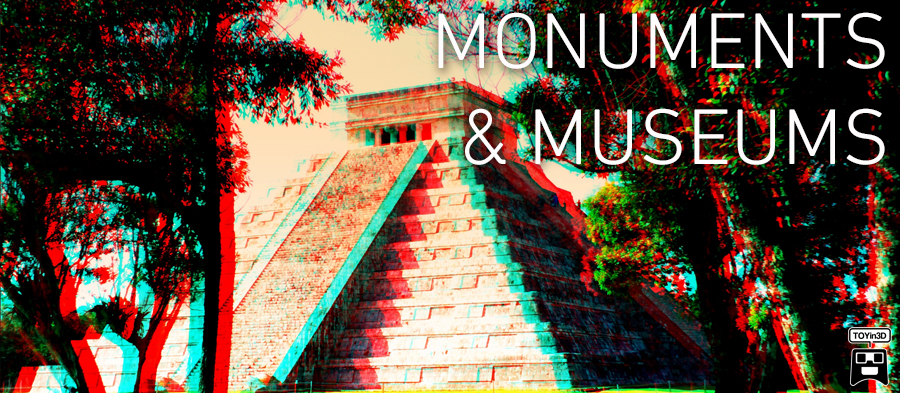If you're looking for powerful brands in the entertainment business, you'd be hard-pressed to find two with more influence than "Avatar" creator James Cameron and Cirque du Soleil.
So the marriage of the two, on a forthcoming movie project Cameron is executive-producing (and that's helmed by "Shrek" and "Chronicles of Narnia" director Andew Adamson) promises to offer fans a compelling mixture of the Cirque's unique hybrid of artistry, acrobatics, music, and showmanship and Cameron's mastery of the latest filmmaking technologies.
This partnership is just one of the latest coups Cirque President and CEO Daniel Lamarre can boast of, along with recent collaborations resulting in Beatles-, Elvis-, and Michael Jackson-themed shows.
The Cirque has come a long way from its humble roots on the streets of Montreal. These days, it is very, very big business, with 2010 revenues of $800 million and an expected haul of $1 billion this year. From founder Guy LaLiberte's street troupe to today's behemoth that has 22 shows around the world including an amazing seven permanent shows in Las Vegas alone, Cirque du Soleil is clearly one of the most respected brands in showbiz.
Look at the Beatles-themed "Love," or the Elvis or upcoming Michael Jackson shows. Some powerful people have made it clear they trust this band of French-Canadians with some of the most valuable content in the history of entertainment.
Behind the scenes, LaLiberte has transitioned out of day-to-day management, and that responsibility has become the purview of Lamarre. And with new shows opening soon in Los Angeles, New York, and elsewhere, there's never been a more important time for the Cirque to have a steady hand on the wheel.
Last week, CNET caught up with Lamarre as he swung through San Francisco on his annual President's Tour--during which he visits each and every show and all the company's employees--for a viewing of "Quidam," one of Cirque's oldest shows. "Quidam" is also one of three Cirque shows that have been transformed in recent years from traveling with the company's iconic big top tents to a new-style arena show. And with the show's rousing music playing in the background as the performers rehearsed, Lamarre explained why he tours the world each year checking in on his empire, and how technology and expansion are taking Cirque du Soleil to the next level, even as it has repackaged some of its oldest hits.
Q: Could you start off by telling me a bit about the partnership with James Cameron and Andrew Adamson?
Daniel Lamarre: It started with a modest project that we wanted to do. I had the privilege of meeting with James Cameron three months prior to the opening of "Avatar," and I invited him to come to Montreal to visit our studio. By the time he came to Montreal, we were planning to do this 3D movie with Andrew Adamson, and James decided he wanted to join as executive producer. We were flattered that he would accept to get involved, and so here we are, producing a show in partnership with James, and having the privilege of having Andrew Adamson as the director. So it's quite a 5-star team to have James and Andrew working together.
This is a movie?
Lamarre: This is a 3D movie. The story is very simple. It's a couple falling in love in a traditional circus, and then they fall into a surreal world and they're running after each other and keep losing each other, but they're running from one surreal world to another surreal world, and all those worlds are the seven Cirque du Soleil shows in Las Vegas.
What does Cameron bring to it besides his name?
Lamarre: He brings his knowledge of technology. Also, James is an adventurer, so we couldn't resist the temptation of shooting from the roof of "Ka" when he was there with his camera, or shooting from the water in "O." He really brought his expertise, because everybody agreed that he is by far the best man in the industry right now in terms of 3D technology. So he's bringing his experience, and he's more involved than we thought he would be, because he's passionate about everything he does. He was with Andrew most of the time that we were shooting this movie. And we were really, really impressed to see how dedicated he was.
Is he bringing any of the technology he developed for "Avatar" or his underwater projects to the film?
Lamarre: He has his own production company, and that's the technology he's bringing, and we hope it's a beginning of a collaboration with him, because he's so advanced in new technologies that we want to really capitalize on his expertise. I truly believe that one day you will see a merger between [3D film and live shows], or at least you will see 3D technologies influence live shows. And we want to be among the first to use 3D technology in live shows.
What would that look like?
Lamarre: Let's look at the show we're developing right now for Michael Jackson. As you know, Michael had a huge visual component in his shows, so just imagine a trapeze artist right in front of you, but behind her there are some 3D special effects that will merge with her performance, and give a lot of depth to what she's doing. Maybe you have one trapeze which is live, and maybe you have 1,000 trapezes behind her in 3D. So that's what I mean by merging the 3D technology with the live performance, and that's what we're exploring now.
Tell me about the President's Tour.
Lamarre: My objective is this. Those people are the people that are in the trenches: the technicians, the artists--they're the ones making the miracle happen every night. And I don't want to be in my office in Montreal gauging what's going on in the world, so that's why I do this annual tour, where I meet all the employees, first to inform them about where we are as an organization, what are our objectives, here's the new projects. And more importantly, I'm here to listen to them. I always say the best benefit of the tour is that if there are some things going wrong somewhere, I'm able to go back to Montreal and fix it. It's very important for me to see all the shows. Are they in good shape, are people happy, is the spirit good, how does the audience react in each market? I cannot manage an organization that is so organic as Cirque du Soleil from my office in Montreal. I have to be where the action is, and the action is happening onstage.
Cirque du Soleil is going through some big transformations, adding different kinds of shows. What do you think Cirque du Soleil will be like in three years or five years? Will we recognize it?
Lamarre: When I joined the Cirque 10 years ago, we had 4 touring shows and 3 permanent shows. Today we have 10 permanent shows, 9 touring shows, and we're adding 3 more touring shows in the next few months, so next year, we'll have 22 shows. We said to ourselves, we'll do content diversification, and we did that with shows like the Beatles show and the Elvis show, and now the two Michael Jackson shows--one touring and one permanent. We also did a cabaret show with "Zumanity," and an epic show with "Ka," and a magic show with Chriss Angel. So we diversified the content. And with the Elvis, Michael Jackson, and Beatles shows, we created a new category of show, a hybrid between a musical and a Cirque show, and I think there is still potential for us to grow that segment with other famous artists' catalogues.
How "Hollywood" is the new L.A. show, "Iris?"
Lamarre: It's more like the history of the movie business than Hollywood, because we didn't want to fall in the trap of, "Why are you using this movie and not this other movie?" and then after two years, your show is outdated. So we decided to go the way of the history of movies first, and then pay tribute to some genres of movies. So in 10 years it will still be accurate because it's not tied into a specific moment in the history of movies.
And you're taking over the Kodak Theater, former home of the Oscars?
Lamarre: It's amazing. Just in front of the Kodak Theater, there are 18 million tourists just walking by on the Walk of Fame, so we believe there is really a market to be captured there, because people go there, walk on the Walk of Fame, and then there's nothing to do. Now, hopefully, they will walk into the theater and see a show that has the potential of becoming a flagship. I never in the past had so much support from a city and a community. The Hollywood community is behind us. The Los Angeles community is behind us. Because there's never been a permanent show in Los Angeles. So everybody hopes we will become the flagship of the city.
You've got 22 shows, including 7 in Las Vegas, and you're adding more. But the world economy is not in good shape. Is this sustainable?
Lamarre: We took a very gutsy position: right in the middle of the economic crisis, we decided to continue to grow. And we think that this is going to work, because we had the financial solidity to do that, and we could pick the best markets when it was tougher. But we don't think that we're at maturity yet as a product. Because there are still a lot of countries that we have not visited yet.
What about Las Vegas, which has been hammered by the recession?
Lamarre: We've been very lucky that we have such a dominant presence in Las Vegas. It means that we have a huge power position when it comes to ticket sales. If you try to buy a ticket for "O" tonight, we may say, "We're sorry, 'O' is sold out, but we can sell you a ticket for 'Ka' or 'Mystere.'" The group effect played in our favor and despite the financial crisis, we sold over 4 million tickets in Las Vegas last year, so we're still in very good shape there.
Tell me about the idea to do the arena shows, to do "Alegria," "Quidam," and "Saltimbanco" in arenas instead of the big top.
Lamarre: The idea came from our frustration with not being able to visit secondary markets. Because for a big top show, you have to sell at least 100,000 to 120,000 tickets, so you need to be in big cities, otherwise it won't work. And we keep receiving comments from people in smaller cities saying, "You never visit us, we would love to see Cirque to Soleil." And by adding arena shows, we have added close to 175 new cities around the world where we've never been before. And what's happening is that those cities sometimes will develop so much of a fan base that it will then justify going back with a big top show.
So what would you say is the difference between the Cirque and other circuses?
Lamarre: I like to think that we have created a new category of show. Because, try to describe to a friend that has never seen a Cirque show, how do you describe it? You will start by saying, "Oh, by the way, it's not a circus show." But there are acrobats, and there are dancers, and the music is important, and the costumes are different, and the scenography is different. So I like to sum that up by saying, "You know what? It's Cirque du Soleil.
I read that Cirque du Soleil brought in $800 million in revenue last year, and you're hoping for $1 billion this year. Is that right?
Lamarre: Yes. And I think the three new shows might change our life, because if they're successful, just adding one permanent show, like Los Angeles, if it's successful, it would change our profitability. And Michael Jackson, I just don't know how great it's going to be, but we sold 200,000 tickets in 24 hours, so it's an amazing success ahead of us. And each individual show can change our life dramatically.
SOURCE:



























